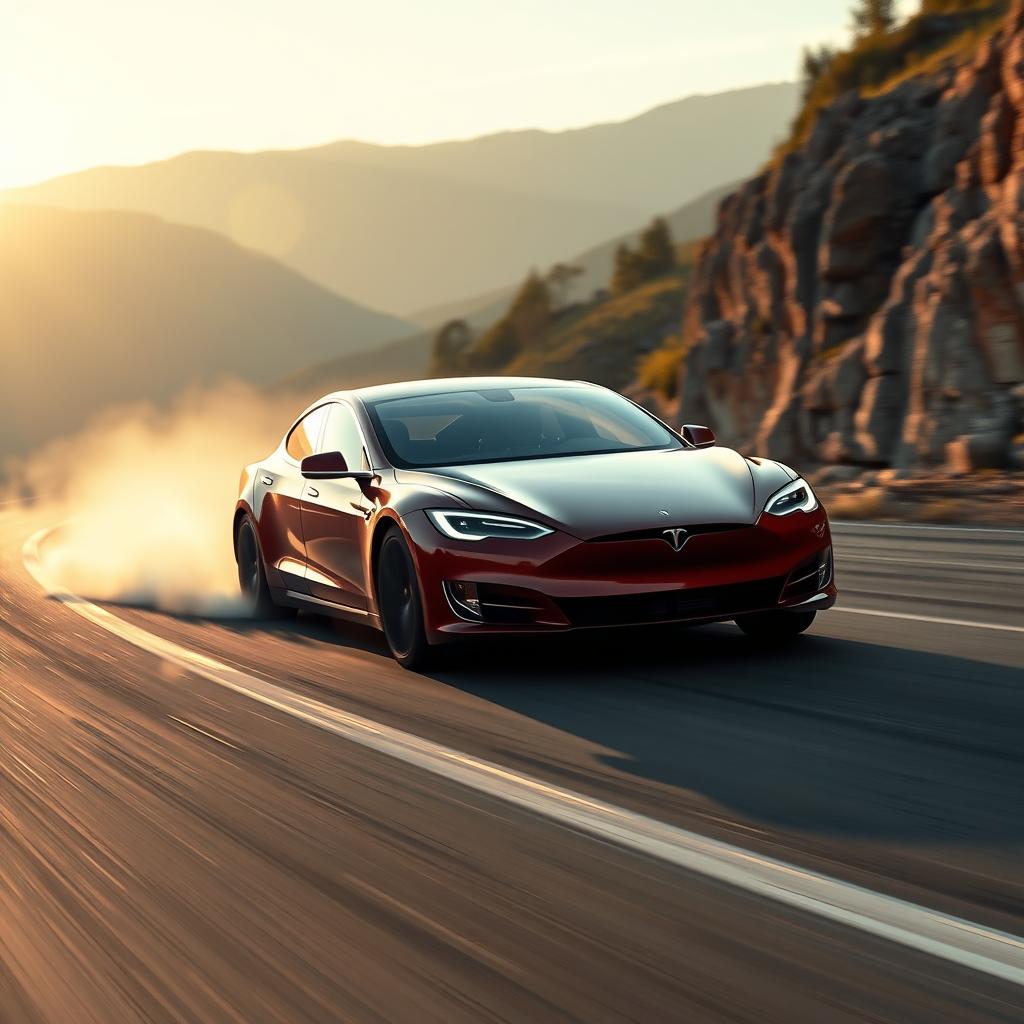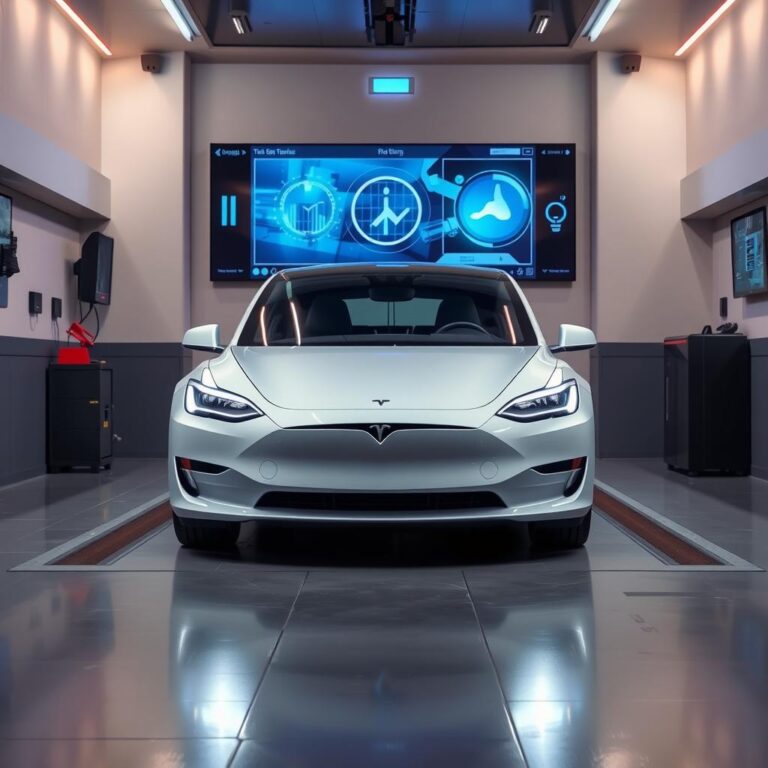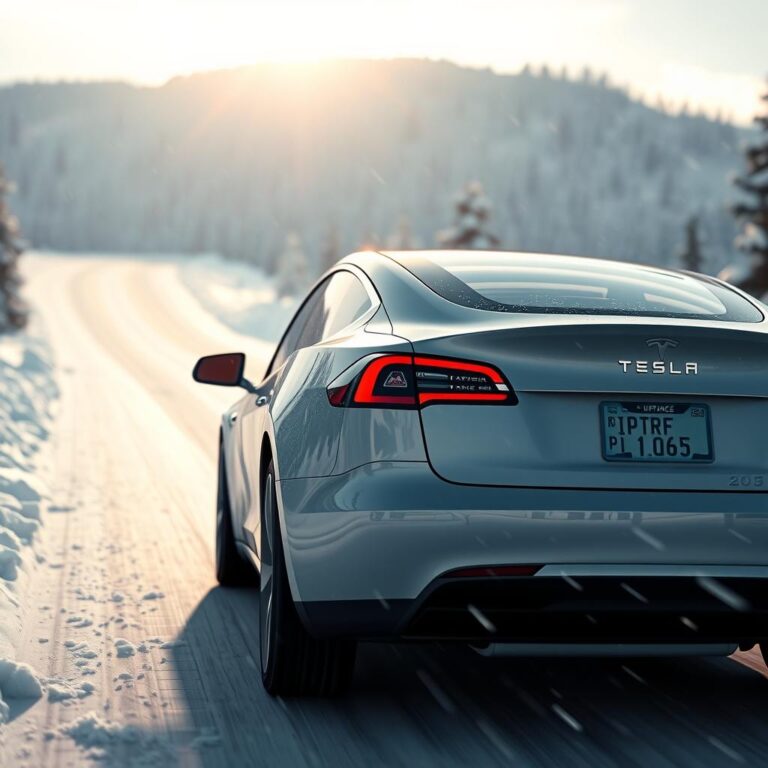Are Tesla Cars Safer?
Are Tesla Cars Safer? Let’s Break It Down
If you’re in the market for a new car, safety is likely one of your top concerns. With advancements in technology, many car manufacturers are making strides in improving vehicle safety, but when it comes to “Are Tesla cars safer?” the answer isn’t straightforward. Tesla is known for its innovative features, but how do these features contribute to overall safety? Let’s take a closer look at Tesla’s safety record and see how its cars stack up in terms of protection for drivers and passengers.
The Tesla Safety Features That Set It Apart
Tesla has made significant advancements in vehicle safety, many of which are driven by the brand’s focus on technology and automation. Let’s explore some of the key features that make Tesla cars stand out when it comes to safety.
Active Safety Features: Tesla’s Autopilot
One of Tesla’s most talked-about safety features is its Autopilot system. Tesla’s Autopilot is an advanced driver assistance system (ADAS) that offers features like adaptive cruise control, lane-keeping assist, and automatic emergency braking. These features can help prevent accidents and reduce the severity of crashes by automatically taking action when they detect potential hazards.
While Autopilot is not fully autonomous, it can provide a significant safety benefit by helping drivers avoid common mistakes, like drifting out of their lane or rear-ending another vehicle. Tesla continuously updates its Autopilot software, making it smarter and more capable over time through over-the-air updates.
Crash-Test Ratings and Tesla’s Performance
When it comes to traditional crash safety, Tesla cars consistently perform well in safety tests. The National Highway Traffic Safety Administration (NHTSA) and the Insurance Institute for Highway Safety (IIHS) both give Tesla vehicles high safety ratings. For example, the Tesla Model 3 has earned a 5-star safety rating from NHTSA, and the Model S has performed similarly well.
These ratings are a testament to the strength and design of Tesla vehicles. The car’s rigid passenger compartment, large crumple zones, and low center of gravity (thanks to the battery placement) all contribute to protecting occupants during a crash. Tesla’s focus on structural integrity helps make its cars some of the safest on the road today.
Are Tesla’s Electric Cars Safer Than Traditional Gas-Powered Cars?
One of the unique advantages Tesla vehicles have in terms of safety is their electric powertrain. Unlike traditional gas-powered cars, Tesla vehicles don’t have an internal combustion engine (ICE). This significantly changes the way the vehicle behaves in the event of a crash.
The Advantage of a Low Center of Gravity
Because Tesla’s battery pack is mounted low in the floor of the car, it gives the vehicle a low center of gravity, which reduces the likelihood of rollover accidents. Traditional cars with heavy engines in the front tend to have a higher center of gravity, making them more prone to tipping over in certain crash situations. This design feature makes Tesla vehicles inherently safer, especially in rollover accidents.
Battery Safety and Thermal Management
Another aspect of safety is the battery itself. While electric vehicles (EVs) have historically been associated with fire risks after a crash, Tesla has implemented advanced thermal management systems to minimize the risk of battery fires. The battery is well-protected within the vehicle’s structure, and Tesla cars are equipped with multiple layers of protection to prevent damage during a crash.
Moreover, Tesla has worked on implementing battery fire suppression systems, which can activate in the event of a crash to extinguish any potential fires. This focus on battery safety is a key component of Tesla’s commitment to keeping drivers and passengers safe.
Does Tesla’s Autopilot Make Driving Safer?
As mentioned earlier, Tesla’s Autopilot system can be a powerful tool in enhancing safety. However, there has been some controversy around the system, with critics questioning how safe it truly is. While Autopilot has been shown to reduce accident rates, it’s important to remember that the system is not perfect, and Tesla has been clear that drivers must remain attentive and ready to take control of the vehicle at any moment.
Autopilot’s Safety Benefits
Numerous studies have shown that Tesla’s Autopilot system reduces accident rates. According to Tesla’s own data, cars equipped with Autopilot experience fewer accidents per mile than those without the system. Autopilot can prevent certain types of crashes, such as rear-end collisions, and reduce human error in critical situations, like emergency braking.
While it’s not foolproof, Autopilot has proven to be a valuable safety feature that assists drivers in maintaining better control of their vehicles, reducing the likelihood of an accident.
The Importance of Full Self-Driving (FSD) Technology
Another step toward making Tesla cars even safer is the company’s push toward full self-driving (FSD) technology. This system promises to offer greater levels of automation and safety by enabling the vehicle to handle more driving tasks without human intervention.
Although the technology is still in development and faces challenges with full autonomy, the potential to reduce human error in driving could lead to a significant reduction in accidents and fatalities. Tesla is committed to improving this technology and has made considerable progress with each software update, bringing us closer to a future of fully autonomous vehicles.
What Do Tesla Owners Say About Safety?
In addition to expert crash-test ratings, it’s important to consider the experiences of actual Tesla owners. Many Tesla owners report feeling safer in their vehicles due to the combination of active safety features like Autopilot, the strong build quality, and Tesla’s advanced technology.
Owner Feedback on Safety Features
Owners frequently highlight the effectiveness of Autopilot in preventing accidents and the peace of mind that comes with knowing their car is equipped with the latest safety tech. Tesla owners also appreciate the strength and stability of their vehicles, especially in challenging driving conditions or during emergency situations.
While some owners have had concerns about the limitations of Autopilot in certain circumstances, the overall feedback from Tesla owners indicates that they feel confident in the safety of their vehicles, especially when Autopilot is engaged properly and used as an aid, not a substitute for full driver attention.
Conclusion: Are Tesla Cars Safer?
So, are Tesla cars safer? The answer is yes, Tesla vehicles are among the safest on the road today. From their active safety features like Autopilot and Full Self-Driving to their strong crash-test ratings and low rollover risk, Tesla cars are designed with safety in mind. Additionally, their electric powertrain, low center of gravity, and advanced battery safety features make them even safer than many traditional gas-powered vehicles.
While no car is completely accident-proof, Tesla’s focus on innovation, technology, and safety has made its cars some of the best in terms of protecting their drivers and passengers. If safety is a priority for you, Tesla offers a solid option in the electric vehicle market.

The Ongoing Effort to Make Tesla Cars Even Safer
What Steps is Tesla Taking to Improve Vehicle Safety?
Even though Tesla cars already boast impressive safety features, the company continues to make improvements. Tesla is always pushing the envelope in terms of safety, leveraging its unique approach to innovation and continuous over-the-air updates. Let’s take a look at what Tesla is doing to make their cars even safer moving forward.
Improved Crash-Resistant Design
One of the areas Tesla is focusing on is improving the structural integrity of its vehicles. Over time, the company has enhanced the crashworthiness of its vehicles, particularly in areas like side-impact protection and the vehicle’s crumple zones. Tesla vehicles are designed to absorb and redirect crash forces in a way that minimizes injury to the occupants.
Additionally, the low-mounted battery packs, which contribute to the car’s lower center of gravity, also help in reducing the risk of rollover accidents—one of the most dangerous types of crashes. By continually optimizing the body design and incorporating new materials for enhanced durability, Tesla is improving vehicle safety year after year.
Enhancing Autopilot and Full Self-Driving (FSD) Safety
As Tesla moves closer to the goal of full autonomy, the safety features in its Autopilot and Full Self-Driving systems will continue to evolve. Tesla is committed to making its advanced driver assistance systems as reliable as possible to further reduce accidents caused by human error. The company frequently releases updates to improve the performance of its FSD system, such as more accurate lane keeping, improved object detection, and the ability to make safer decisions when navigating complex driving environments.
While full autonomy is still a work in progress, the improvements in Tesla’s FSD technology will likely make the cars even safer over time. With each update, the vehicle becomes better at handling complex driving situations without human intervention, which could drastically reduce accident rates in the long term.
Improved Driver Monitoring and Safety Alerts
One of the challenges with advanced driver assistance systems is ensuring that the driver remains engaged and aware of the road. Tesla is addressing this challenge by implementing better driver monitoring systems that alert the driver if they’re not paying attention. These safety alerts remind the driver to keep their hands on the wheel and stay alert, especially when using Autopilot or FSD.
With these alerts and monitoring features, Tesla is making it easier for drivers to stay engaged, which helps mitigate the risk of accidents caused by distracted or disengaged driving.
Real-World Data: How Safe Are Tesla Vehicles in Everyday Driving?
While crash-test ratings and safety features are important, real-world data is another valuable measure of how safe a vehicle truly is. Tesla’s commitment to gathering and analyzing data from its fleet of vehicles helps the company continually improve vehicle safety. So, how do Tesla cars perform in real-world driving situations?
Reducing Traffic Accidents with Autopilot
According to data from Tesla itself, vehicles equipped with Autopilot have lower accident rates than those without it. Tesla’s own safety reports show that in 2020, cars using Autopilot experienced one accident for every 4.19 million miles driven, compared to one accident for every 1.6 million miles in non-Autopilot vehicles. This stark difference indicates that Autopilot plays a role in reducing traffic accidents and making driving safer for Tesla owners.
However, it’s important to note that the system is not perfect and still requires full driver attention. While Tesla’s Autopilot system is a helpful tool, it’s essential for drivers to stay alert and be ready to take control if necessary. As the system improves, its safety benefits will likely continue to grow.
Safety in Emergency Situations
Another important factor to consider is how Tesla vehicles perform in emergency situations. Tesla cars are equipped with advanced systems to respond quickly in emergencies, including automatic emergency braking and collision avoidance. These systems can help avoid accidents or minimize damage when a collision is unavoidable.
For instance, Tesla’s automatic emergency braking system detects potential collisions with objects or other vehicles and can apply the brakes if the driver fails to react in time. This system, along with other active safety features, can make a significant difference in preventing accidents and reducing the severity of crashes.
How Tesla Stacks Up Against Other EV Manufacturers in Safety
As electric vehicles (EVs) become more popular, other manufacturers are following Tesla’s lead in prioritizing safety. But how do Tesla cars compare to other EVs in terms of safety?
Safety Features in Competing EVs
Many of Tesla’s competitors, such as Rivian and Lucid Motors, are introducing advanced safety technologies in their electric vehicles as well. These manufacturers are incorporating active safety features like lane-keeping assist, collision avoidance, and advanced driver assistance systems. However, Tesla’s Autopilot and Full Self-Driving capabilities remain more advanced and developed than many of these competing systems.
While other EVs are catching up, Tesla’s long-standing focus on safety, combined with its continuous software updates, places it ahead of many of its competitors. That said, the EV market is quickly evolving, and as technology improves, we can expect safety features from other manufacturers to continue improving as well.
Conclusion: Are Tesla Cars Safer?
So, are Tesla cars safer? The answer is a definite yes. Tesla’s focus on safety, combined with its advanced technology, makes its vehicles some of the safest on the road. From the crash-test ratings to the active safety features like Autopilot, Tesla cars are designed to protect their occupants. Additionally, Tesla’s electric powertrain and low center of gravity provide advantages over traditional gas-powered vehicles in terms of stability and crash resistance.
As Tesla continues to refine its vehicles with new safety features and software updates, its cars will likely become even safer in the future. With fewer accidents, advanced driver-assistance systems, and a commitment to improving the overall driving experience, Tesla cars stand out as one of the safest options on the road today.



